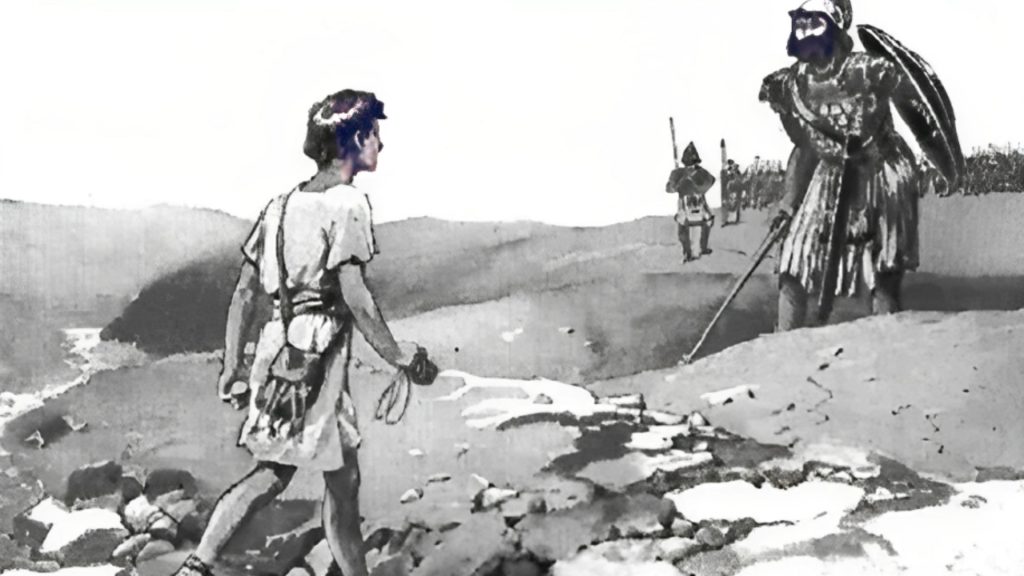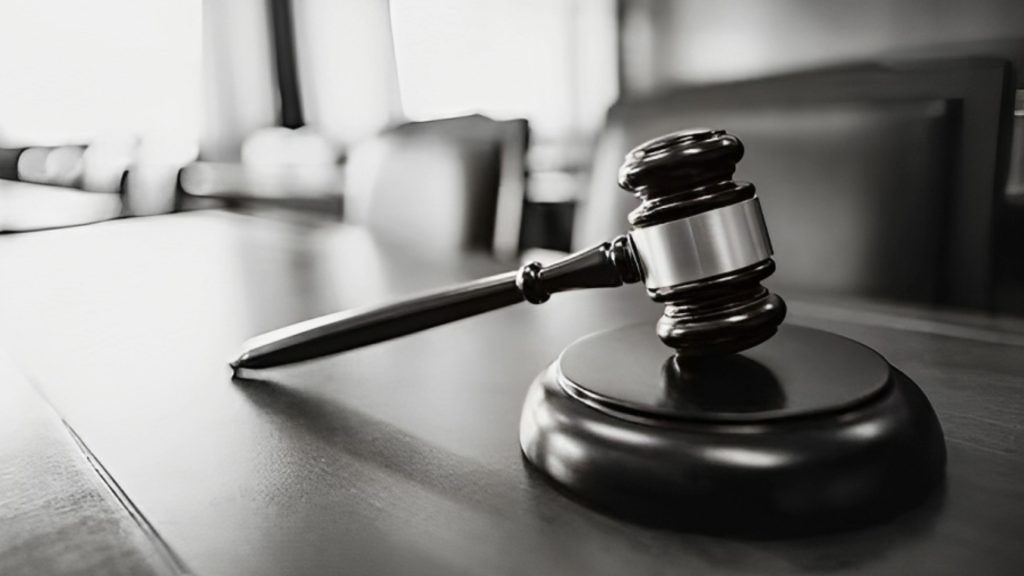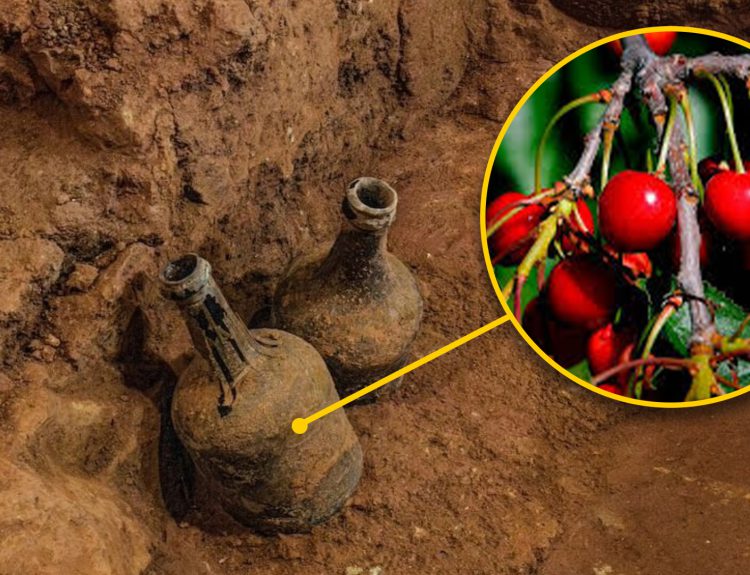In the lush landscapes of Maui, a silent crisis brews beneath the surface. While luxury resorts and golf courses flourish, local communities face a dire shortage of water – a fundamental resource now at the heart of a growing conflict.
Here’s a complex web of water rights, corporate interests, and the plight of Native Hawaiians, weaving a story of environmental struggle and resilience.
The Paradox of Plenty
Luxury amenities in Maui are a harsh reality. Local fire hoses run dry amid glistening golf courses and brimming hotel pools. This stark contrast highlights a deep-rooted battle over Maui’s most precious asset: water.

The irony of abundant luxury amidst scarcity paints a picture of uneven resource distribution, a theme central to Maui’s current environmental challenges.
The Roots of Conflict
The roots of this conflict lie in a longstanding battle over west Maui’s water. When Tereari’i Chandler-‘Lao, a grassroots attorney, fled the Lahaina fires, she took essentials and water use permit applications.

Her actions underscore the intertwined nature of water rights and the struggle for environmental justice in Maui, particularly for Native Hawaiians.
Tracing Back to the Plantation Era
Maui’s water crisis has roots extending back to the plantation era. Large sugar companies, wielding immense power, diverted streams to sustain their crops, drastically altering the island’s hydrological landscape. This historical shift set the stage for water scarcity, highlighting a legacy of environmental manipulation for profit.

These diversions had a profound impact on traditional Hawaiian practices. As streams dried up, so did the lo’i kalo (taro fields), essential to Native Hawaiian culture and sustenance. The loss reflects a broader narrative of indigenous struggles against commercial exploitation of natural resources.
Corporate Giants vs. Local Needs
Today, the struggle for water in Maui is a David and Goliath tale. Large corporations, like Alexander & Baldwin, hold vast amounts of water rights, often at the expense of local needs.

This corporate dominance represents a modern manifestation of the historical exploitation of Maui’s natural resources.
Disaster Capitalism
Disaster capitalism often exploits crises to advance privatization and reshape societies. In New Orleans post-Katrina, this replaced public schools with charter schools and converted public housing into townhouses, signaling a shift towards gentrification.

Similarly, Puerto Rico faced a push to privatize its electricity grid immediately following Hurricane Maria amidst other reforms targeting public schools. The 2004 tsunami in Thailand and Sri Lanka saw real estate developers seize beachfront land from fishers and farmers, who were displaced to evacuation camps, illustrating a pattern of opportunistic land acquisition in the disaster’s aftermath.
Climate Change and Its Complications
Complicating the situation is the looming threat of climate change. Increasing temperatures and changing rainfall patterns exacerbate water scarcity, making the fight for fair water distribution even more urgent.

This environmental challenge adds another layer to Maui’s already complex issue of water rights.
Neocolonialism and Climate Profiteering
In Native Hawaiian contexts, “plantation disaster capitalism” denotes a unique blend of neocolonialism and climate profiteering. It is reflected in practices like real estate agents pressuring Lahaina residents to sell ancestral lands post-disaster instead of waiting for compensation.

This term also acknowledges the historical context of settler colonial resource exploitation, indicating that while the methods of disaster capitalism may have modernized, its essence remains rooted in a long-standing history of resistance by Native Hawaiians against these exploitative tactics.
Court Battles for Water Rights
The fight for water in Maui has spilled into the courts, with numerous legal battles highlighting the contentious nature of water rights. These cases often pit local communities and environmental groups against powerful corporations, struggling to reclaim control over water resources.

With these legal tussles, grassroots movements in Maui have gained significant momentum. Led by Native Hawaiian activists and supported by local residents, these movements aim to restore traditional water distribution practices and challenge corporate control, advocating for a more equitable and sustainable approach to water management.
The Drying of Maui’s Streams
The diversion of water for commercial interests has led to the drying up of many of Maui’s streams, causing significant environmental damage. This affects the island’s biodiversity and disrupts the ecological balance, leading to long-term consequences.

The water crisis in Maui also poses a severe threat to the cultural heritage of the Native Hawaiian community. The depletion of natural water sources impacts traditional practices and rituals deeply rooted in the island’s history and culture, highlighting the need for a respectful and sustainable approach to resource management.
The Role of Climate Change
Climate change plays a critical role in intensifying Maui’s water crisis. Rising temperatures and altered rainfall patterns increase water scarcity, complicating the strained water distribution system.

As the climate crisis deepens, Maui faces future risks and challenges in water management. The need for adaptive strategies and sustainable practices becomes increasingly urgent, highlighting the importance of addressing climate change in the context of water resource planning.
Seeking Solutions
In response to the crisis, Maui has a growing focus on innovative water management solutions. These include improving water conservation, investing in sustainable infrastructure, and developing new technologies for efficient water use.

The key to solving the water crisis is involving the community in decision-making. This approach ensures that solutions are equitable, culturally sensitive, and sustainable, reflecting the needs and values of all stakeholders, particularly the Native Hawaiian community.
Raising Voices for Change
The water crisis in Maui has sparked a wave of advocacy and awareness campaigns. These initiatives aim to educate the public about the gravity of the situation and mobilize support for sustainable water policies.

Activists and concerned citizens use media platforms and public forums to amplify their message. By doing so, they bring the issue to the forefront of public consciousness, stressing the need for immediate action and policy reform.
Vision for a Sustainable Future
There’s a growing call for a sustainable vision for Maui’s water resources. This involves a balanced approach that prioritizes ecological health, cultural values, and community needs, ensuring an island’s resilient and equitable water future.

Effective policy and responsible leadership are crucial in shaping this future. Stakeholders advocate for regulations that protect water rights, promote conservation, and foster collaboration between different sectors, recognizing that sustainability requires concerted effort and strategic planning.






